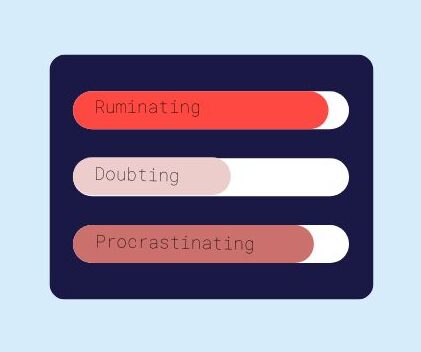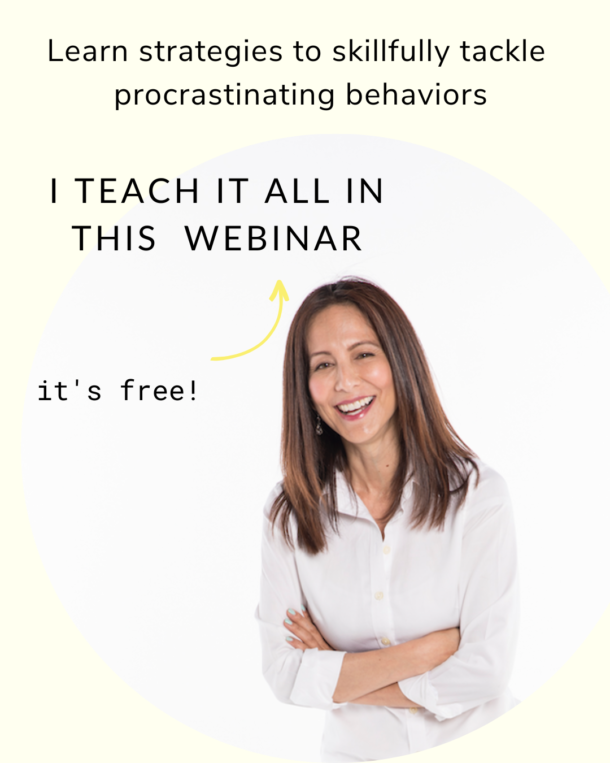One of the core skills of Dialectical Behavior Therapy (DBT), is mindfulness. Studies have shown that mindfulness skills are effective at reducing the odds of having another major depressive episode, reducing symptoms of anxiety, reducing chronic pain, decreasing binge eating, increasing tolerance of distressing situations, increasing relaxation, and increasing skills to cope with different situation. Mindfulness is waking up to your life moment to moment to moment. Mindfulness allows us the ability to be in the present moment and to be aware of our thoughts, emotions, actions, and physical sensations; without judging or criticizing ourselves for our experience.
Being mindful isn’t always easy. Think about when you’re driving in your car on the same route you take almost daily to work. Chances are after you have you driven that route long enough, you go on “auto pilot.” Your driving becomes an automatic behavior and there may be times when all of a sudden you’ve can remember driving for the last 20 minutes. You didn’t realize that you just drove down that long stretch of road. It’s a route you’ve driven so many times and you know it well enough and the drive is over-learned and you don’t give it your full attention. It’s very common for our mind to constantly be making a habit out of something, and as a result we pay less and less attention to it.
Negative emotional states and behaviors are also over-learned and can be unhealthy for us when we are not mindful that we are experiencing these states in the moment. For example, if you come home in a negative mood, without even knowing how you got in this mood. You may not be sure because you weren’t paying attention to what was going on for you moment by moment. Mindfulness asks us to slow down and acknowledge what is taking place in the here and now.
Let’s take a look at how our three states of mind that most people work in, are connected to mindfulness. The first state of mind is the emotional mind. The emotional mind is when you experience an emotion and you feel like you are in the emotion itself and get carried away. You ultimately reason with your emotion. For example, if a couple gets in to an argument and the wife becomes very angry, rather than walking away from the situation, she may act on her emotion of anger and begin yelling at her spouse. What happens when a person is in emotion mind; is that they tend to be more impulsive and reactive because they feel like they are the emotion. There are times however, when you would prefer to be more in the emotional mind, for example at your child’s wedding ceremony. When you’re at an event such as this, you would want to be more connected emotionally.
The next state of mind is the reasonable mind. The reasonable mind looks at the facts of a situation and is very logical. A good example of someone who is in their reasonable mind would be Sheldon from the TV series The Big Bang Theory. He is very factual, analytical, dry, and emotionally detached. There are definitely times in our lives when we would want to be in our reasonable mind; one example is when we are completing tasks at work, or managing our finances. The mind that you’re working in isn’t necessarily right or wrong, but a question of, “is this working for me right now?” You want to maintain a balance between your emotion mind and reasonable mind in order to live a fulfilling, healthy life.
The solution to this is to use your wise mind to make healthy decisions about your life. Wise mind is a combination of using both your emotional and reasonable mind together. People tend to take a step back from a situation or slow down when they are using their wise mind. For most people it tends to resonate in their stomachs, where a person makes a “gut decision.” Other people would describe their wind mind more from their heart area, or their head. Despite where it comes from, a person who is making a decision from their wise mind needs to determine two things. The first is to ask yourself, is what you are going to do, something that is in your long-term best interest, and two, is it something that you can emotionally buy into? When using your wise mind you want to remember that it needs to be in agreement with your long-term goals and is also something that you can buy into emotionally. An example of a time when using your wise mind would be beneficial is when purchasing a car. We can very easily buy in emotionally when shopping for a new car simply from the excitement we feel about the possibility of a new car, being at the car dealership, looking at the features of the car, etc. When we’re buying a car we want it to look and make us feel a certain way. However, when you’re at the car dealership you also want to involve your reasonable mind as well. The car you buy shouldn’t just be based on the way it looks, but you will also need to consider the total price, monthly payments, maintenance costs, etc. When making a big purchase such as this it’s important that your emotion mind and reasonable mind are kept balanced so that you can make a wise mind decision and purchase a car that makes you feel a certain way, but is also affordable as well.
You can develop your wise mind by using mindfulness practices to help you recognize and separate your thoughts from your emotions. Below you will find a wise mind meditation to help you practice this skill.
Exercise: Wise Mind Meditation
To begin, find a comfortable place to sit in a room where you won’t be disturbed. As you begin to practice this exercise start by setting a timer for five minutes. Turn off any distracting sounds and if you feel comfortable closing your eyes, do so to help you relax.
Now locate the bottom of your sternum on your rib cage. You can do this by touching the bone at the center of your chest and then following it down toward your abdomen until the bone ends. Now place one hand on your abdomen between the bottom of your sternum and your belly button. This is the center of wise mind.
Take a few slow, long breaths and relax. Now slowly breathe in through your nose and then slowly exhale through your mouth. Feel your abdomen rise and fall as you breathe. Imagine your belly filling up with air like a balloon as you breathe in, and then feel it deflate as you breathe out. Feel the breath moving in across your nostrils and then feel your breath blowing out across your lips. As you breathe, notice any sensations in your body. Feel your lungs fill up with air. Notice the weight of your body as it rests on the seat in which you’re sitting. With each breath, notice how your body feels, and allow your body to become more and more relaxed.
Now, as you continue to breathe, let your attention focus on the spot underneath your hand. Let your attention focus on the center of wise mind. Continue to take slow, long breaths. If you have any distracting thoughts, just allow those thoughts to leave you without fighting them and without getting stuck on them. Continue to breathe and focus on the center of wise mind. Feel your hand resting on your stomach.
As you focus your attention on your center of wise mind, notice what appears. If you’ve had any troubling thoughts, problems, or decisions that you have to make in your life, think about them for a few scones. Then ask your center of wise mind what you should do about these problems or decisions. Ask your inner intuitive self for guidance, and then notice what thoughts or solutions arise out of your center of wise mind. Don’t judge whatever answers you receive. Just note them to yourself and keep breathing. Continue to focus your attention on your center of wise mind. If no thoughts or answers come to your questions, just continue breathing.
Now continue to notice your breath rising and falling. Keep breathing and returning your focus to the center of wise mind until the timer goes off. Then when you’ve finished, slowly open your eyes and return your focus to the room.
———————————————————————————————————————————————References:
McKay, M., Wood, J., & Brantley, J. (2007). The Dialectical Behavior Therapy Skills Workbook. Oakland, CA. New Harbinger Publications, Inc.







